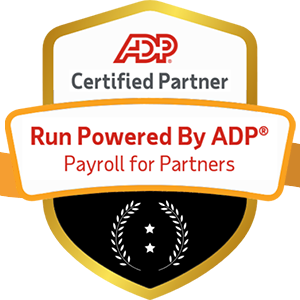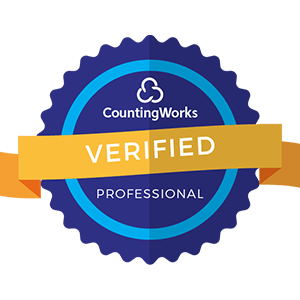
In recent years, diversity, equity, and inclusion have become top priorities for organizations across industries. Companies realize that prioritizing DEI is the right thing to do from an ethical and social responsibility standpoint. More diverse and inclusive workplaces drive better business outcomes like increased innovation, employee engagement, and robust financial performance.
Human capital management (HCM) sits at the intersection of business strategy and people practices. It plays an indispensable role in building organizations where diversity is celebrated, every employee has equal opportunities to succeed, and a culture of belonging allows the benefits of diversity to blossom fully. Here's an in-depth look at the concrete ways HCM can foster DEI and help organizations turn good intentions into lasting systemic change.

The most impactful DEI initiatives don't happen in a silo—they are deeply ingrained into overall business strategy. HCM professionals can take the lead in ensuring diversity, equity, and inclusion are meaningfully incorporated into an organization's strategic objectives, values, and key performance indicators.
Some powerful ways to operationalize DEI as an organization-wide strategic priority include:
"What gets measured gets managed. HCM can play a pivotal role in ensuring DEI is measured and managed with the same rigor as any other mission-critical business priority," says Loretta Johnson, DEI Strategy Lead at Acme Consulting.
Building a diverse workforce starts with the talent acquisition process itself. HCM practitioners can implement research-backed practices to reduce bias and barriers in sourcing, screening, interviewing, and selection.
Key focus areas for more inclusive hiring include:
Robust onboarding programs are crucial for setting diverse hires up for long-term success. HCM should partner with managers to develop 30-, 60-, or 90-day plans, set clear expectations, and connect new hires to mentors and employee resource groups.

While diversity focuses on representation, equity is about leveling the playing field and ensuring every employee has the same opportunities, resources, and support to thrive. HCM can help identify and dismantle systemic barriers and biases that prevent true meritocracy.
Some key ways to hardwire equity into core people processes include:
"True equity means every employee believes—and, more importantly, experiences—that they will be valued for their contributions and able to reach their full potential, regardless of their background or identity. That's the ultimate goal," says Devin Thomas, Director of People Analytics at Innovative Industries.
Even with a diverse employee base and equitable processes, people can't fully contribute, and organizations can't fully benefit without an inclusive culture where everyone feels valued, respected, and able to bring their whole selves to work.
Here are some powerful ways HCM can foster cultures of belonging:
"Inclusion is about each of us showing up every day ready to connect with empathy, value our differences, and call out exclusionary dynamics. That's a muscle we can systematically build as organizations," says Alicia Brown, VP of Learning and Leadership Development at Growing Enterprises.

What gets measured gets done. To ensure DEI efforts make a tangible difference, HCM must gather and analyze workforce data to identify gaps, set goals, track progress, and pivot as needed.
Key DEI metrics to track include:
It's crucial to measure and communicate DEI metrics to employees and other stakeholders transparently. This signals the organization's commitment to accountability and progress.
"We have to be relentlessly data-driven to achieve DEI progress. Metrics give us critical insights about where we are today, how far we've come, and how much farther we have to go," notes Michael Lee, Head of People Insights at Progressive Co.
Building diverse, equitable, and inclusive organizations is a marathon, not a sprint. HCM must take the long view while celebrating incremental wins along the way.
Some ways to maintain motivation and momentum on the DEI journey:
"This work is never 'done.' Building truly diverse, equitable, and inclusive workplaces requires steadfast commitment, humility, and a willingness to grow continually. HCM has such an exciting opportunity to lead the way and make a real difference," reflects Sandra Diaz, Chief People Officer at Bright Horizons Industries.
The journey toward diversity, equity, and inclusion is one of organizations' most critical change efforts in the coming decades. Through embedding DEI in business strategy, driving equitable people processes, fostering inclusive cultures, and utilizing data-driven insights, HCM can play a pivotal role in building workplaces where every employee can contribute and thrive. The time for action is now.


